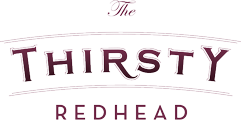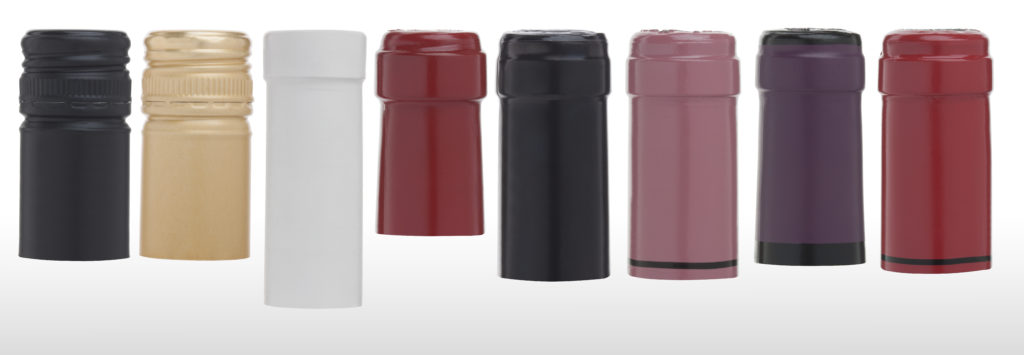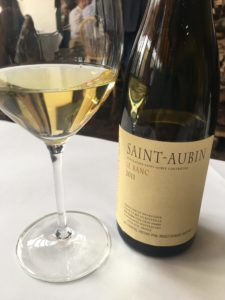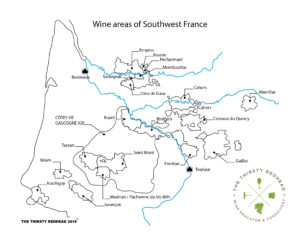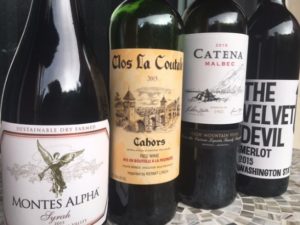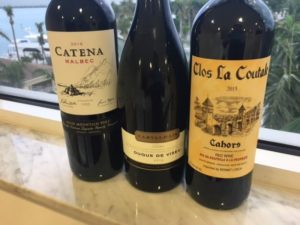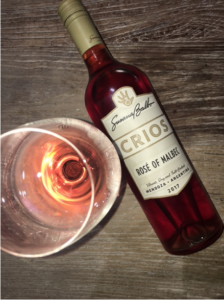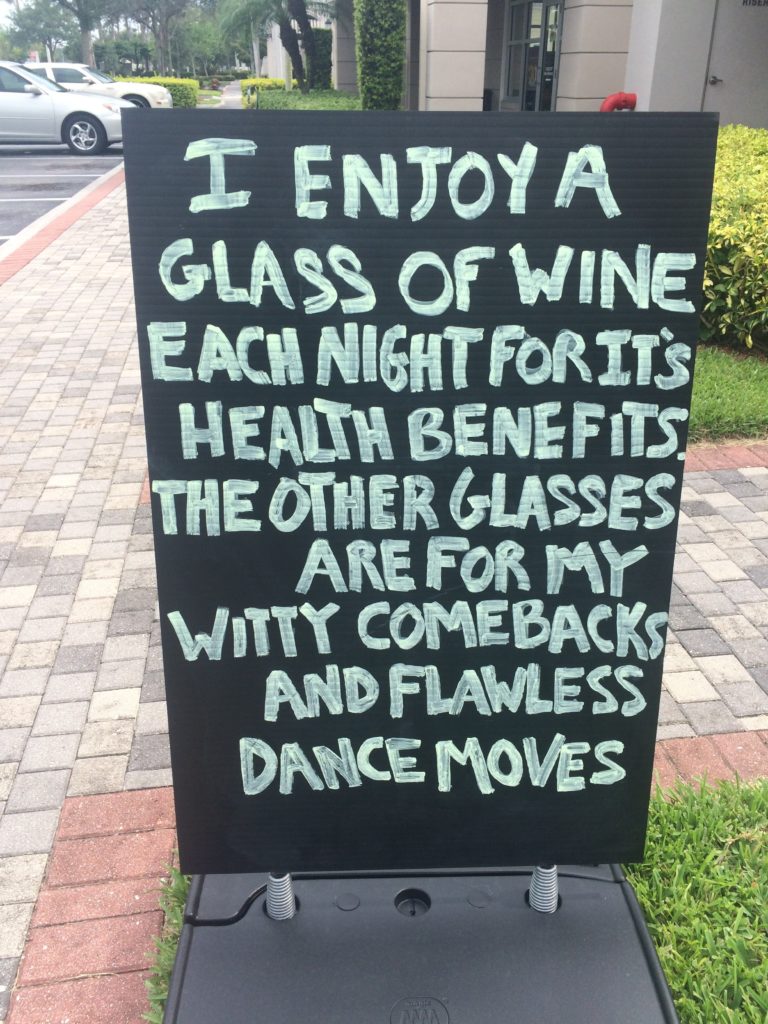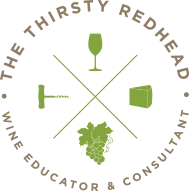So….again, a topic I was pretty sure I knew a lot about…but these practice essays reveal I don’t have a grasp on examples. I mean, there are a ton of very highly-regarded wineries (even in the old world) who almost exclusively use screwcaps but damned if I could remember one of them.
This was a 30 minute essay. I used about 5 minutes to brainstorm and 21 minutes to write. I didn’t think I would finish in time…
*************************
Do you think customers still react negatively to a screwcap? If a sommelier encounters a customer who reacts negatively to a wine choice based solely on the presence of a screwcap, how should they proceed?
The original screwcaps on wines were introduced in the 1960s and were generally relegated to the cheap jug wine end of the market. Screwcaps are tamper-evident rolled on metal caps that can easily be screwed off of a wine. In the last two decades, screwcaps have stolen market share from traditional corks at all price segments due to its immunity from TCA ‘cork taint’, because of the convenience of not needing an extra tool for screwcap wines, and because of its widespread adoption from high-quality regions like New Zealand and Clare and Eden Valleys in Australia.
While the vast majority of the wine-drinking public has come to accept the screwcap, a sommelier might come up against resistance at higher price points. In any case, if a customer reacts negatively to a screwcap, a sommelier can offer to exchange the wine for something similar, allow for sampling of the wine under screwcap to educate, or if this is not possible, the sommelier can try to win the customer over by discussing the many benefits of wines under screwcap.
Replacing the wine is the first strategy, which can be easily done in areas that use both corks and screwcaps like in the basic Chablis AOC or in many parts of Germany. Other areas that are screwcap-dominant, like New Zealand, the sommelier might have to go to a different region (perhaps a Sancerre to replace a New Zealand Sauvignon Blanc).
Allowing for sampling of the wine under screwcap might just be enough to convince a customer that the wine is perfectly fine despite the customer’s negative associations with screwcaps. The other benefit here is due to screwcaps’s ability to keep the wine fresh and free from bottle variation due to different oxygen transmission rates (OTR) as found in corks. Even with more recent technology that allows a winemaker to dial in the OTR on a screwcap, many tastings have proven that wines under screwcap have less oxidation upon opening. If the wine is opened, samples, and still rejected, the fact that the wine is more fresh upon opening gives it a longer ‘shelf life’ and thus a better chance to recover profits by selling the remaining wine in the opened bottle off by the glass. Less initial oxidation means less waste in this case.
Finally there is the traditional educational route for the sommelier to engage with the guest. The benefits of the screwcap include the inherent lack of TCA, meaning less waste again. The tight seal afforded by the screwcap means that the wine is more likely to show exactly as the winemaker intended it to show. The tighter seal and slower OTR makes this the ideal closure for capturing and maintaining delicate and fresh fruit and floral aromas for higher aromatic varieties like Riesling and Sauvignon Blanc (the sommelier need only to point to the success of New Zealand Sauvignon Blanc to prove this point). Finally, the screwcap is completely recyclable (though, due to the water used in the creation of screwcaps, might not be the most environmentally-friendly choice).
While attitudes have changed to embrace screwcaps more thoroughly today, sommeliers have several options to proceed if a customer complains of a screwcap wine based solely on its closure. Replacing the wine, sampling the wine or having a discussion about why screwcaps are favored by winemakers could help the sommelier be sure the guests has a wonderful experience with the wine they ultimately choose.
